
MELBOURNE, May 17 (Xinhua) -- Several hundred priceless antiques from ancient Afghanistan, which are now on exhibit here, provide Australians with a rare opportunity to view the war-torn country in another angle.
The "Afghanistan: Hidden Treasures from the National Museum Kabul" puts on display around 230 precious artifacts dated between 2200 BC and AD 200, which were discovered in four major archaeological sites in northern Afghanistan in the last 70 years.
According to the introduction from Melbourne Museum that conducts the show, the treasures miraculously survived the decades- long conflicts in Afghanistan because they were hidden by some courageous Kabul museum staff in a bank vault at the presidential palace.
Since then the gorgeous jewellery, glass and ornaments were believed to be lost for 15 years until they were recovered in 2003 when the staff who risked their lives to protect them decided to bring the artifacts to light after the invasion of Afghanistan by U.S. and multinational forces.
For many Australians, the exhibition has a sentimental value not only because the items on display are unique but also because of Canberra's deep military involvement in Afghanistan since 2001.
"This is the first time that those once lost treasures come to Australia, providing us an unusual chance to understand the Central Asian country," Mark Oliver, a 46-year-old teacher who visited the exhibition from Sydney, told Xinhua.
"In the past ten years, all that we knew and learned from the media about that country were the intense fighting and terrorist attacks as well as the Australian casualties which broke our heart, " said Oliver.
Australia participated in the Afghanistan war in late 2001 with the code name of "Operation Slipper", which is still ongoing.
According to the Australian Department of Defense, 39 Australian military personnel were killed and 252 others were wounded in the decade-long war until April 2013.
"We are sick of the news of bombing and bloodletting, which only reflect the ugly side of humanity. I'm deeply touched today because the artifacts on display represent the rich and glorious culture of Afghanistan. It gives us a very different angle to observe this country," said Laura Smith, who visited the exhibition with her husband.
According to Smith, what impressed her most was the proud statement of the National Museum of Kabul that said "a nation stays alive when its culture stays alive."
"That makes me understand what is really important for Afghanistan and its people, and where the country's future will be, " Smith said.
What is remarkable is that the treasures survived due to the tremendous courage of the workers in the National Museum of Kabul, people who never considered themselves heroes but just said that they were only doing their job.
"This noble character of Afghan people, despite civil war and uncertainty, is something we need to tell as many people as possible," archaeologist Fredrik Hiebert told local newspaper the Age.
"This sort of courage and sense of history and culture makes me very optimistic about the future of Afghanistan," said Hiebert.
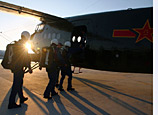

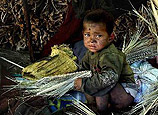

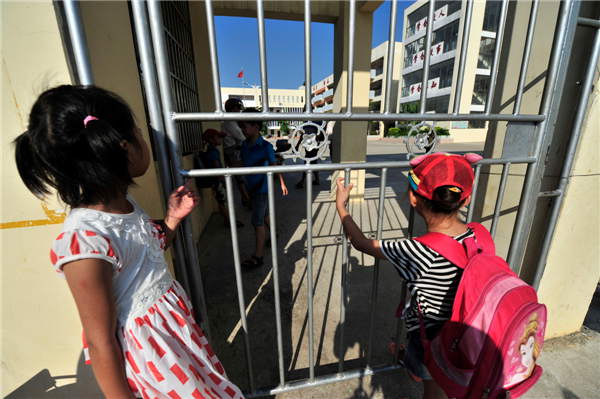
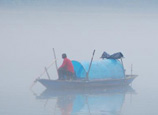



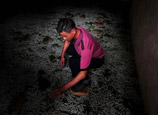






 Deaths prompt concerns over elevator safety
Deaths prompt concerns over elevator safety


![]()
